Serbia travel tips
Serbia travel tips: In southeastern Europe, boasts rich history, vibrant culture, and stunning landscapes. Belgrade, the capital, exudes dynamic energy.
Districts 🌎
Serbia travel tips. Here is a list of all the districts of the Serbia.

Belgrade
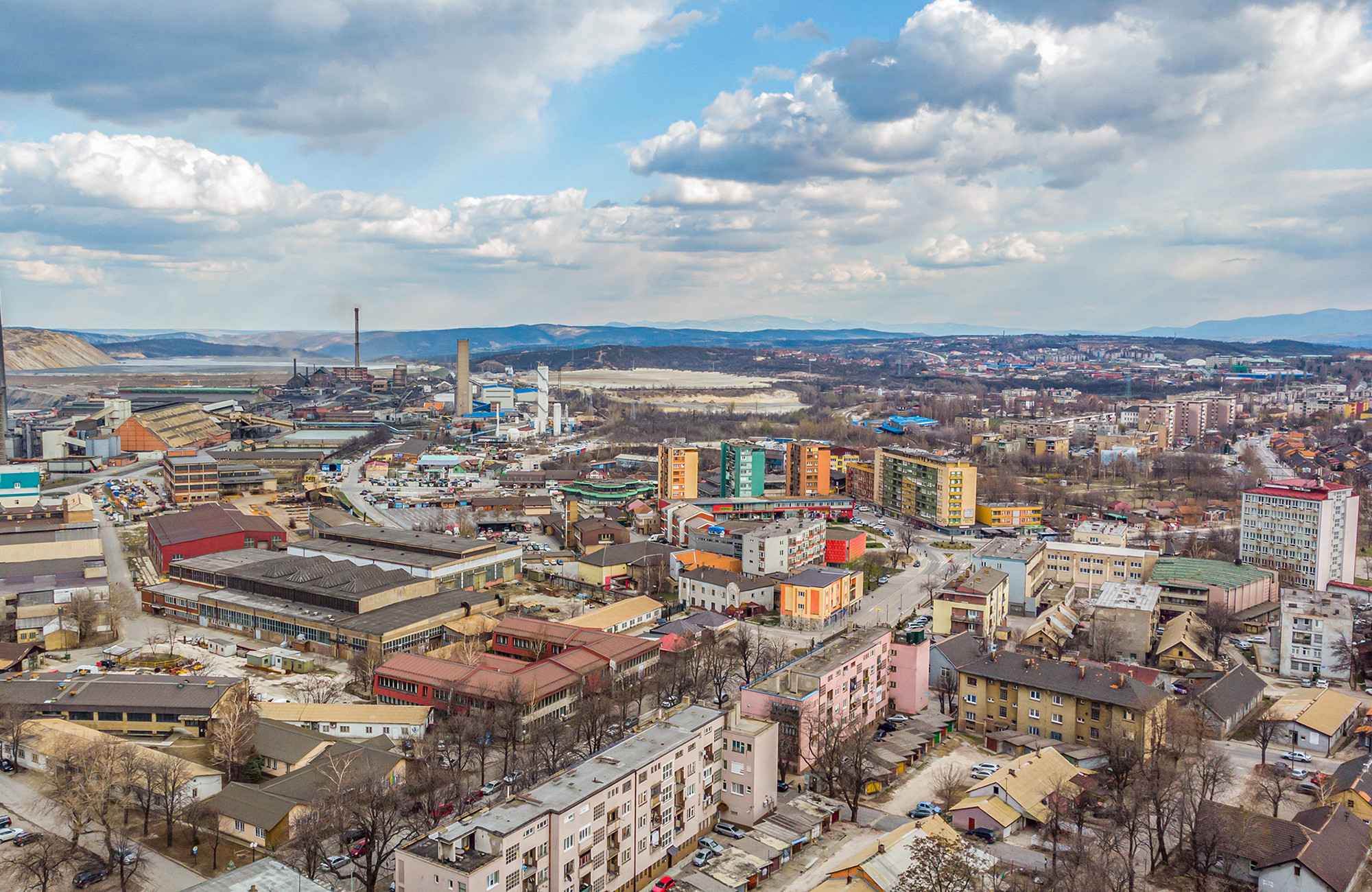
Bor

Braničevo

Jablanica
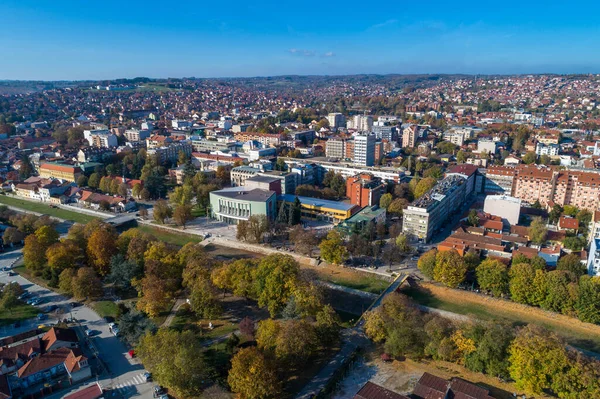
Kolubara

Mačva

Moravica

Nišava
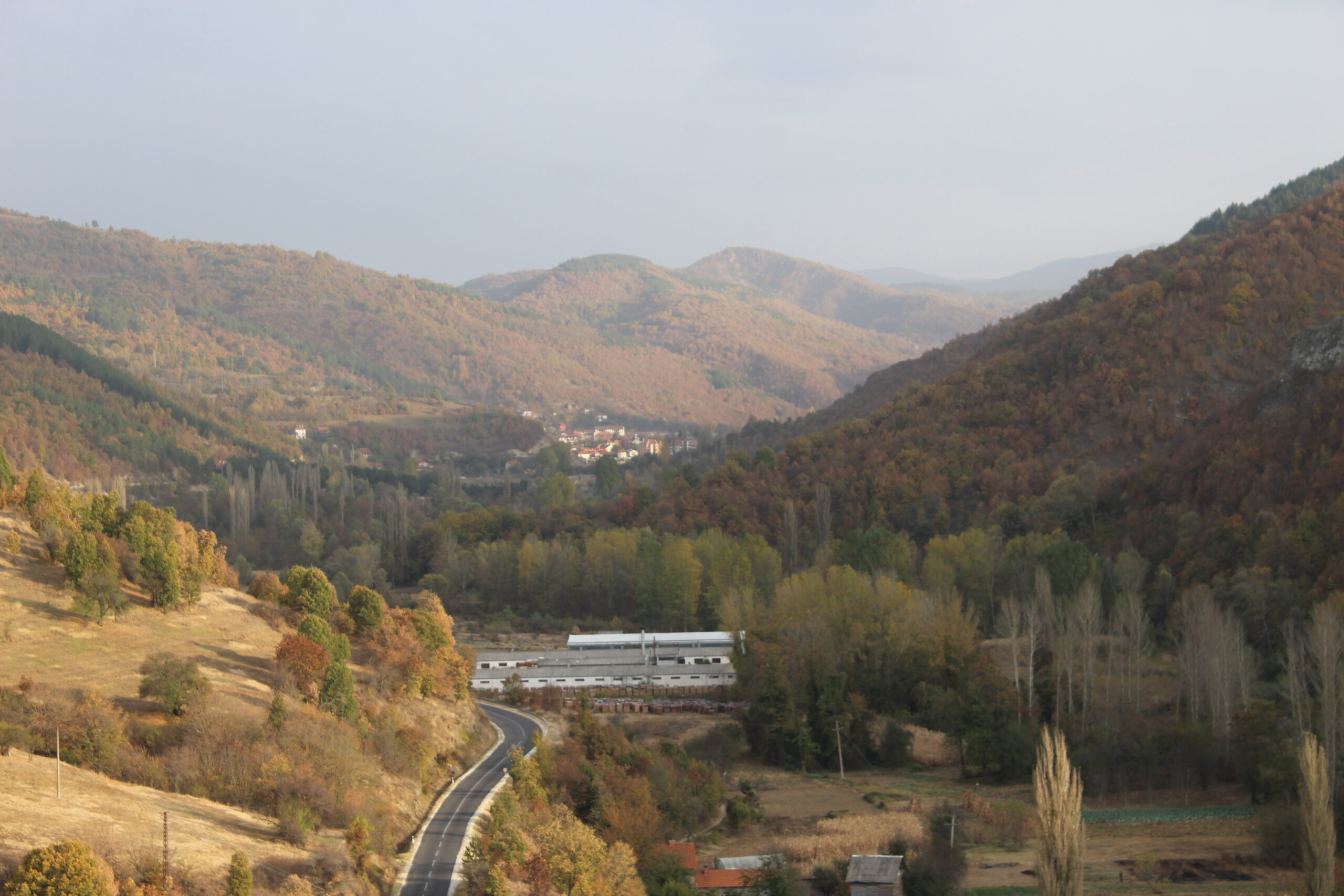
Pčinja

Pirot

Podunavlje

Pomoravlje

Rasina

Raška
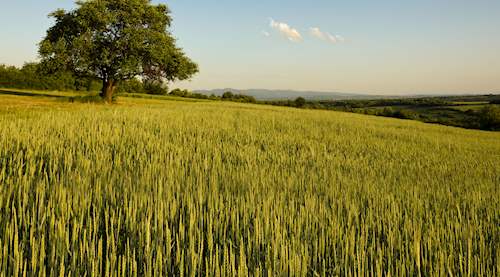
Šumadija

Toplica

Zaječar

Zlatibor

North Bačka

Central Banat

North Banat

South Bačka

South Banat

Srem

West Bačka

Pcinjski
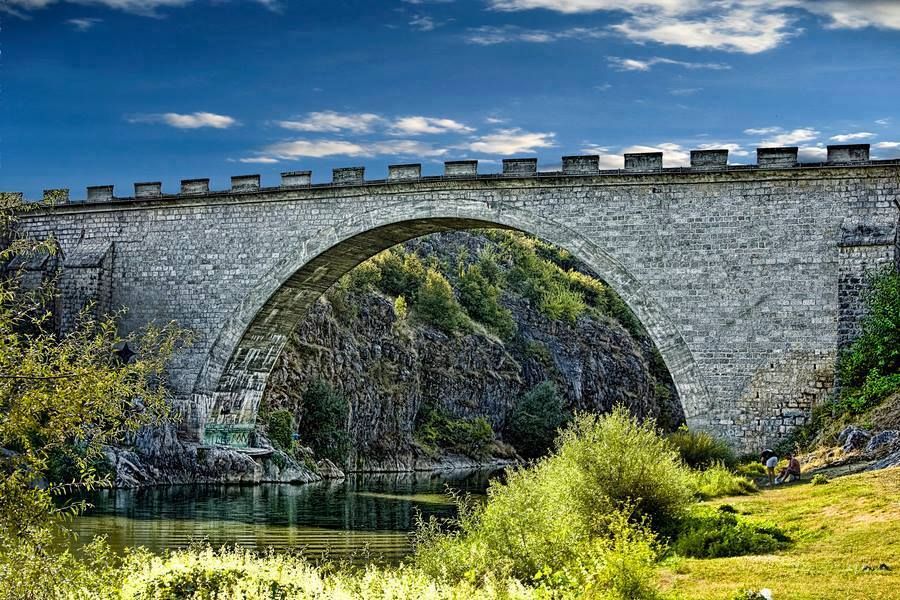
Kosovski
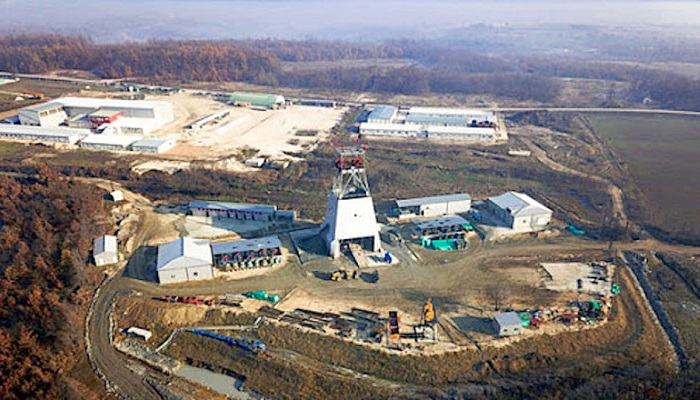
Pecki

Kosovo-Mitrovacki

Kosovo-Pomoravski
Before you go 🛩
Important information you should know before your trip
Info

Capital | Belgrade
Flag Codes:
ISO alpha-2 RS,
ISO alpha-3 SRB
Currency
Badge | Serbian Dinar
CODE | RSD
NUMBER | 941
SYMBOL | дин. or din
FRACTION | para
Mobile Coverage
Dialing Code | +381
SIM Card
Coverage | 3G / 4G / 5G |
Mobile Networks | A1 Mobile | MTS Mobile | Yettel Mobile |

Location
Serbia is a landlocked country located in Southeast Europe, in the central part of the Balkan Peninsula. Its geographical coordinates are approximately between 42.5°N and 46.2°N latitude, and 18.8°E and 22.9°E longitude.
Currency
The currency of Serbia is the Serbian Dinar (RSD).
Languages
The official and most widely spoken language in Serbia is Serbian. It is a Slavic language that uses the Cyrillic alphabet and is spoken by the majority of the Serbian population.
Apart from Serbian, which is the official language of Serbia, other languages are also spoken in the country, especially in regions where there are minority communities. Some of these languages are:
Hungarian: It is spoken by a Hungarian minority in northern Serbia, near the border with Hungary.
Bosnian and Croatian: These are Slavic languages that are also spoken in some parts of Serbia, especially in the southern and eastern regions, where there are Bosnian and Croat communities.
Albanian: It is spoken by a minority Albanian in the Preševo region of southern Serbia.
Romanian and Roma: they are spoken by Romanian and Gypsy minorities respectively.
Slovak, Czech, German, English, French and Italian: these are some of the foreign languages that are studied and spoken in Serbia for educational, cultural and professional reasons.
Climate 🌡
Serbia has a varied climate, influenced by its geographical location and topography. The country’s climate can be classified into three main regions:
Continental Climate (in the northern and central parts):
Summers: The summers are generally warm to hot, with average temperatures ranging from 20°C to 30°C (68°F to 86°F). Heatwaves can occur, with temperatures occasionally exceeding 35°C (95°F).
Winters: Winters are cold, with temperatures often dropping below freezing. Average winter temperatures range from -3°C to 3°C (27°F to 37°F). Snowfall is common, especially in the higher elevations.
Mediterranean Climate (in the southern part):
Summers: The summers in the southern region of Serbia are hot and dry, with average temperatures similar to the continental region, ranging from 20°C to 30°C (68°F to 86°F).
Winters: Winters in the southern part are milder compared to the northern and central regions, with average temperatures ranging from 4°C to 8°C (39°F to 46°F).
Mountain Climate (in the mountainous regions):
Due to its higher elevation, the mountainous areas experience cooler temperatures throughout the year. Summers are still relatively mild compared to the lowlands, while winters are colder, with significant snowfall.
Rainfall varies across the country, with the northern and central parts receiving more rainfall compared to the southern regions. The spring and autumn months tend to be wetter, while the summer months are drier.
Serbia travel tips
If you’re planning a trip to Serbia, here are some travel tips to enhance your experience:
Rich Heritage:
Explore Serbia’s historical sites, including Belgrade Fortress and Studenica Monastery, reflecting its diverse cultural heritage.
Warm Hospitality:
Embrace Serbian hospitality; locals are known for their friendliness and willingness to share their culture with visitors.
Monastic Retreats:
Visit medieval monasteries like Studenica and Žiča, each with unique architecture and religious significance.
Festivals and Events:
Plan your trip around cultural events and festivals, such as the Guča Trumpet Festival or EXIT Music Festival in Novi Sad.
Transportation:
Navigate Serbia efficiently using a combination of buses, trains, and domestic flights, depending on your destinations. View Guide.
Cultural Etiquette:
Respect local customs and traditions, and greet people with a friendly “Dobar dan” (Good day) or “Zdravo” (Hello).
Local Insights:
Connect with locals for insider tips on hidden gems, off-the-beaten-path attractions, and authentic Serbian experiences.
Enjoy your time in Serbia!

The best of the best
Serbia has a rich culinary tradition with a diverse range of dishes influenced by its history, geography, and cultural heritage. Serbian cuisine is characterized by hearty, flavorful, and wholesome dishes.
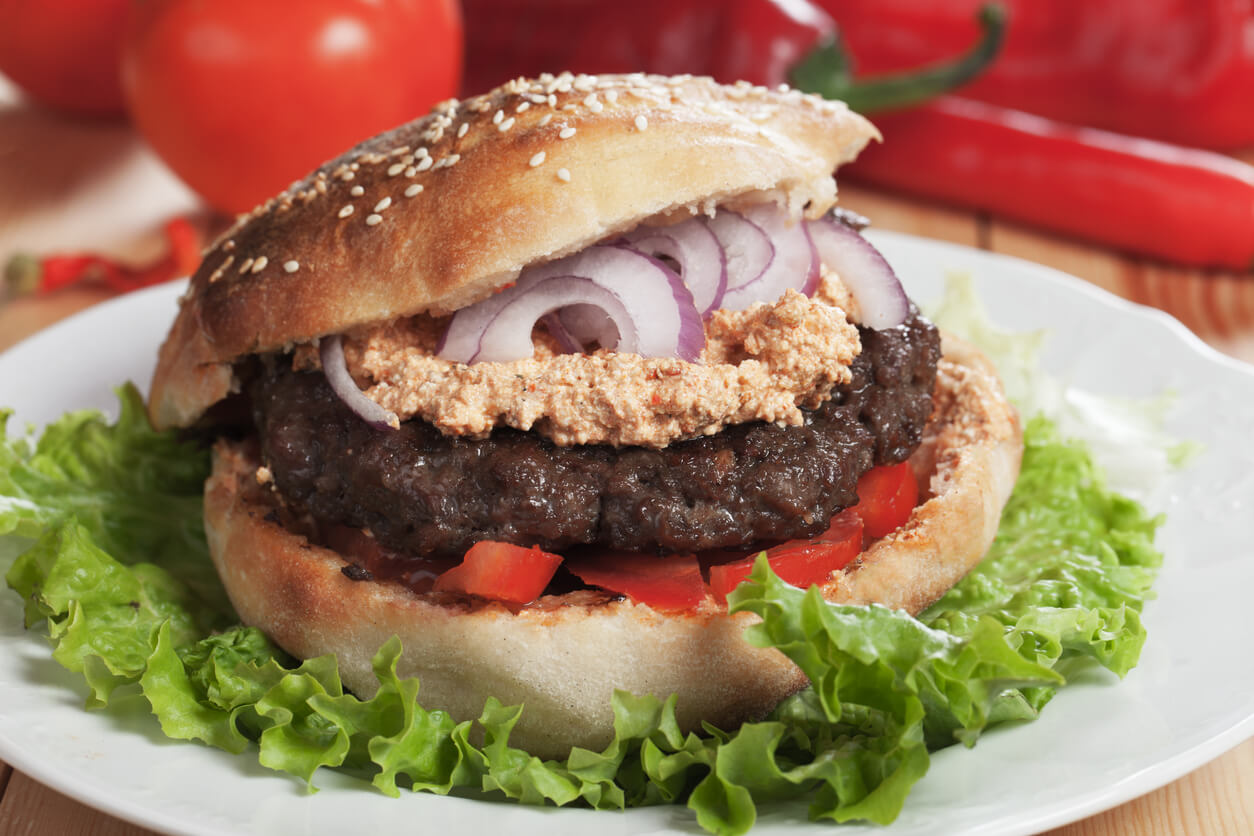
Pljeskavica
A popular Serbian grilled dish similar to a burger, made from a mixture of ground meats, including beef, pork, and lamb.
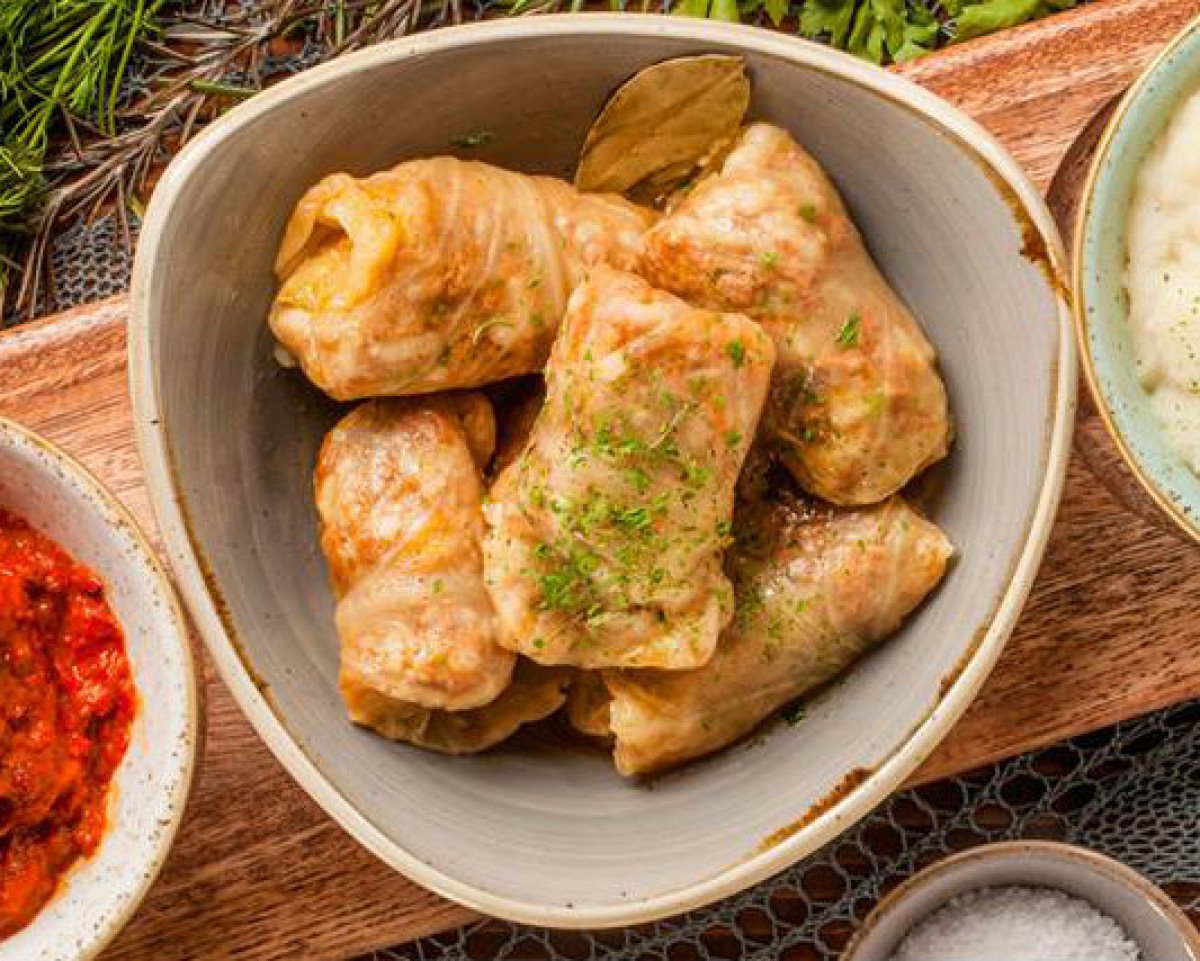
Sarma
Cabbage leaves stuffed with a mixture of minced meat, rice, and spices, then cooked in a flavorful broth.

Ćevapi
Small, grilled skinless sausages made from a mix of minced meats, usually a combination of beef, lamb, and pork.
Here are some typical foods of Serbia:
Ajvar: A popular condiment made from roasted red peppers, eggplant, garlic, and sometimes chili peppers. Ajvar is rich and flavorful, often served as a dip or spread with bread, meat dishes, or grilled vegetables.
Kajmak: A creamy dairy product similar to clotted cream or fresh cheese, made from simmering milk and then skimming off the top layer. Kajmak is often served as a side dish or spread and pairs well with bread and grilled meats.
Gibanica: A delicious savory pastry made with layers of thin filo dough, cheese, and sometimes spinach or other fillings. It is a common dish served on special occasions and family gatherings.
Prebranac: A traditional Serbian baked bean casserole made with white beans, onions, and sometimes smoked meat. It’s a comforting and hearty dish often enjoyed during the colder months.
Rakija: A strong fruit brandy that is a significant part of Serbian culture and hospitality. Rakija is made from various fruits, such as plums (šljivovica), grapes (loza), or other fruits like apricots or pears.
Punjene Paprike: Bell peppers stuffed with a mixture of ground meat, rice, onions, and spices, then simmered in a tomato-based sauce. It’s a popular dish served throughout the country.
Slatko: A sweet preserve made from various fruits, such as strawberries, cherries, or quince. Slatko is often served as a gesture of hospitality, alongside coffee or tea.
Serbian cuisine celebrates simple, yet flavorful ingredients, and sharing a meal is an essential part of the country’s social and cultural traditions.
Transportation 🚥
More information about this country
Choose your destination 📍🗺
Useful Links ✅



